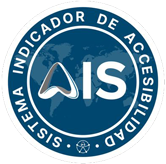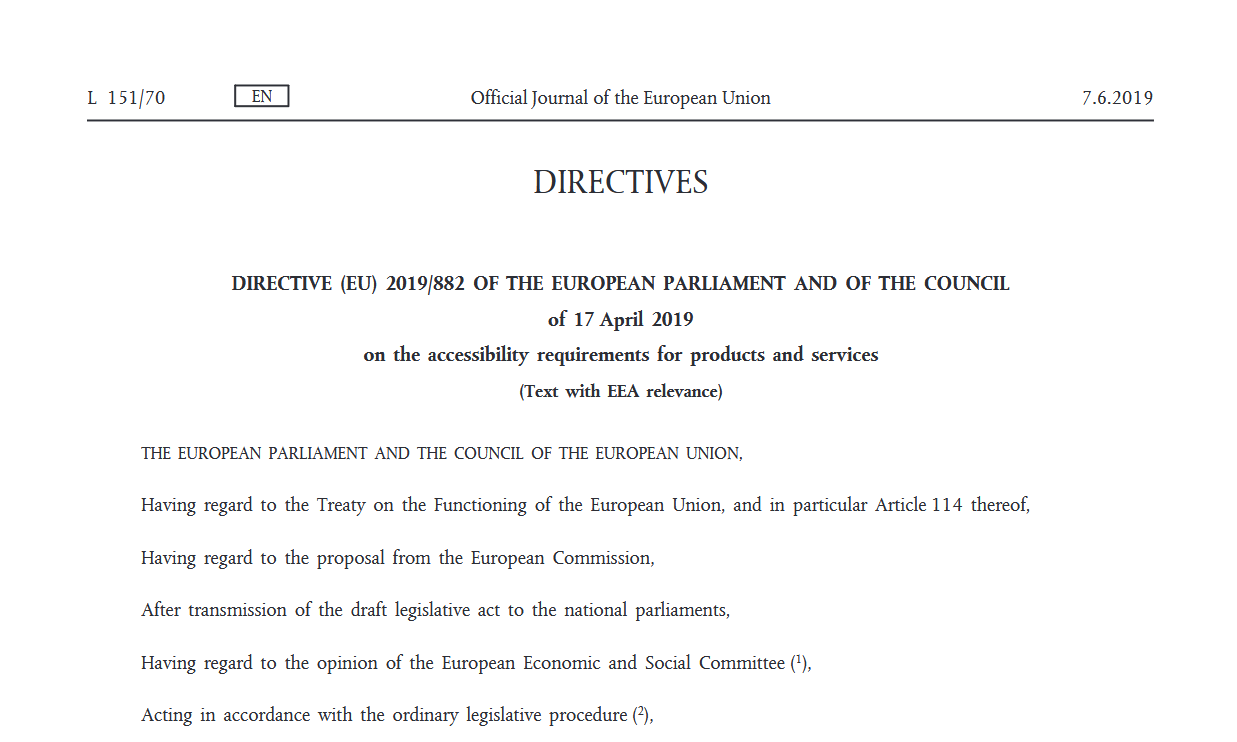- The EAA will enter into force on 28 June 2025 in EU countries.
This year is a key year for accessibility in Europe. In June, the European Accessibility Act, or EAA, a European directive (2019/882) that standardises accessibility criteria for business services and products in the European Union, will come into force.
This has caused an earthquake in the business world, which has set to work to ensure that its websites and apps comply with the new requirements by contracting web accessibility audits and certifying its pages with standards such as AIS 2/2023.
The directive, which has had an uneven pace of transposition in the different European countries, focuses mainly on the accessibility of digital services and products linked to them, and especially on sensory and cognitive accessibility measures.
When does the European Accessibility Act enter into force?
The European Accessibility Act has two key dates:
- 28 June 2025: entry into force in all EU countries.
- 28 June 2030: end of the five-year transitional period for services and products put into operation before 28 June 2025.
As regards self-service terminals used before 28 June 2025, they will continue to be used until the end of their economic lifetime, but no more than 20 years after they are put into operation.
Which companies have to comply with the European Accessibility Act?
Those developing services such as:
- Electronic communications
- Air, inland waterway, rail and bus transport, all passenger transport, except urban, suburban and regional transport services, as regards websites, mobile applications, electronic ticketing and ticketing, information distribution and interactive service terminals.
- Consumer banking services.
- E-books.
- E-commerce.
- Electricity, water and gas supply services to consumers via web or mobile devices.
- Travel agencies and tour operators: their websites and applications.
- Social networks…
It also affects products such as:
- General-purpose consumer computer equipment and operating systems for such computer equipment.
- Payment terminals.
- ATMs.
- Ticket vending machines.
- Billing machines.
- Interactive self-service terminals providing information.
- Shift management terminals
- Electronic readers…
Who is exempted from complying with this directive?
- Micro-enterprises.
- Where compliance with this directive requires a substantial change in the basic nature of the product or service.
- When it causes a disproportionate burden.
What aspects should be taken into account when making products and services accessible?
The annexes of the European Accessibility Act explain how products and services, including websites, must be perceivable, manageable, understandable and robust. Some of the requirements are:
- Operability: Products must be usable by people with disabilities, ensuring that user interfaces are perceivable, operable and understandable.
- Information: All information related to the use of the product, including instructions, must be accessible to people with disabilities, including through different sensory channels and with contrast.
- Robustness: Products must be robust enough to be compatible with assistive technologies.
- Interoperability: They should ensure interoperability with assistive technologies, such as screen readers or alternative input devices.
Does it also affect physical space?
The European Accessibility Act leaves it up to the different countries whether to also require accessibility conditions in the built environment in which the aforementioned services are provided. Countries such as Spain have incorporated it, in line with all the accessibility legislation that has been passed since 2010.
In any case, the text introduces in its annex 3 some aspects to be taken into account in the accessibility of public spaces:
- Associated outdoor areas and facilities;
- Access to buildings and use of entrances;
- Horizontal circulation;
- Rooms for public use;
- Equipment and facilities used in the provision of the service;
- Toilets and sanitary facilities;
- Exits, evacuation routes and emergency planning concepts;
- Communication and orientation through more than one sensory channel;
- Use of facilities and buildings for their intended purpose;
- Protection against hazards in the indoor and outdoor environment.
How does a company prepare for the entry into force of the European Accessibility Act?
- Comprehensive accessibility audit: analysing accessibility conditions with a comprehensive view of service provision, including websites, apps, products and physical spaces.
- Action plan and installation of improvements: implement improvements based on the accessibility audit with a realistic and efficient concrete action plan.
- Certification of the degree of accessibility: certifying the achievements by an independent actor.
How can AIS help you?
AIS is a certification system that assesses goods, services and products with a holistic view of accessibility and gives a result based on five grades, which facilitates the creation of action plans. The AIS system has three standards that respond to all the aspects included in the European Accessibility Act:
- Standard AIS 1: physical space and the services provided therein.
- Standard AIS 2: digital space: websites, apps…
- Standard AIS 3: product.

